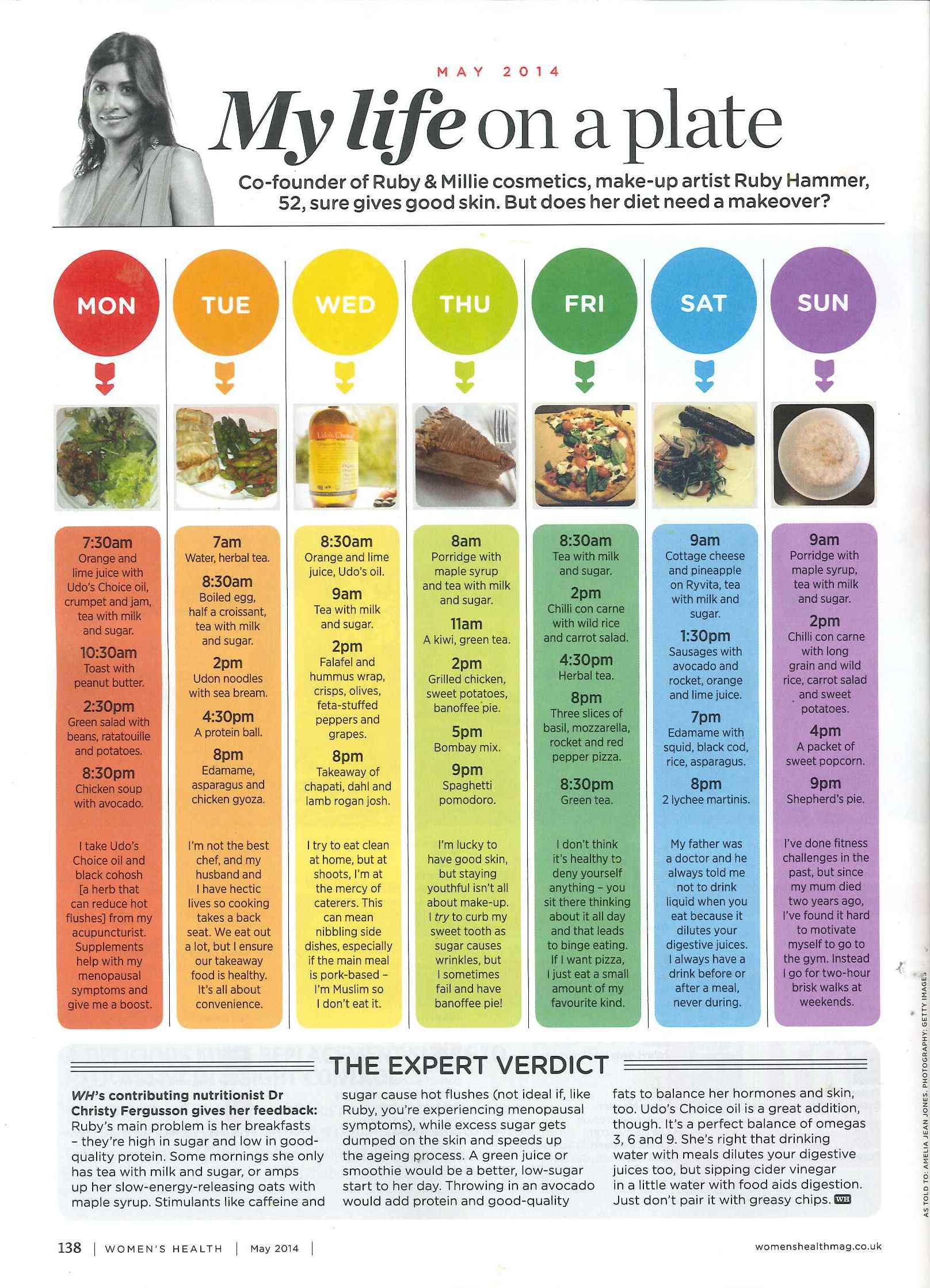
An optimal diet can slow down aging and prevent certain chronic diseases. However, there are some important dietary changes that must be made as well. The ideal diet is made up of fresh fruits, vegetables (legumes, whole grains), and low-fat dairy. These foods will leave you feeling full and not bloated. Here are some ways to eat healthier and have optimal health.
A healthy and balanced diet is key to living a longer, healthier life. According to research, a 60-year-old person could increase their lifespan by up to eight and a half years if they ate an optimal diet. The dietary changes could increase the lifespan of an 80 year old by adding three and a 1/2 years. Researchers looked at the nutritional content of different foods and compared them to age-related health risks in order to determine the best diet for health.

A balanced diet is essential for good health. It should include adequate amounts of protein, fat, and carbohydrates. You should include at least nine portions of fruits and vegetables along with a healthy amount soluble and insoluble fibre. It should be based on science, not clever marketing tactics. A healthy diet can help reduce your risk of developing various nutrition-related illnesses. If you want to live longer and have better health, this is the ideal diet.
Vegetables, legumes, nuts and whole grains are the best diet for your health. It includes less red meat, prefers whole foods over refined ones, increases consumption of fish and legumes, as well as increased intake of dried fruits, beans, and lentils. This diet may not suit everyone. It is recommended to seek the advice of a qualified medical professional to determine your optimal diet for health. You will be able to eat a diet that is customized to your individual needs. This is the best way to ensure you are healthy.
For those looking to lose weight, the ideal diet for good health is best. An optimal diet for health includes lots of fruits and vegetables as well as whole grains. Plant-based foods are healthier because they contain more fiber, less sugar and less salt. Additionally, a diet with more fruits and veggies is better for your overall health. This can help to prevent chronic diseases. The key to good long-term well-being is a balanced diet.

The best diet for your health should be rich in essential vitamins and antioxidants. Eat enough fruits and vegetables, and avoid processed foods. In addition, a balanced diet should contain less sugar and less salt. Babies and toddlers shouldn't eat low-fat meals. A healthy meal should contain protein. A healthy diet should contain fiber. Fruits and vegetables are the main ingredients of a healthy diet.
FAQ
What is the difference in fat and sugar?
Fat can be a source of energy that is obtained from food. Sugar is a sweet substance that can be found naturally in fruits or vegetables. Both sugars and fats have the same calories. But, fats have more calories than sugars.
Fats are stored within the body and can contribute to obesity. They can lead to cholesterol buildup in the arteries, which could cause heart attacks or strokes.
Sugars provide instant energy and are rapidly absorbed by the body. This causes blood glucose levels rise. High blood glucose levels can be dangerous because it increases the risk of developing type II diabetes.
How to measure body weight?
A Body Fat Analyzer will give you the most accurate measurement of body fat. These devices are used for measuring the percentage of body fat in people who want to lose weight.
How often do I need to exercise?
Fitness is key to a healthy lifestyle. But, you don't need to spend a specific amount of time exercising. Finding something that you love and sticking with it is the key.
When you exercise three times per week, aim for 20-30 minutes moderate intensity. Moderate intensity means that your muscles will continue to work hard even after you finish. This type workout burns about 300 calories.
If you prefer to walk, go for 10 minute walks four days a week. Walking is low impact and easy on your joints.
Jogging for 15 minutes three days a week is a good option if you prefer to run. Running is a great way to burn off excess calories and build muscle tone.
You should start slowly if it's your first time exercising. Begin by only doing 5 minutes of cardio five times per week. Gradually increase duration until you achieve your goal.
Statistics
- This article received 11 testimonials and 86% of readers who voted found it helpful, earning it our reader-approved status. (wikihow.com)
- Extra virgin olive oil may benefit heart health, as people who consume it have a lower risk for dying from heart attacks and strokes according to some evidence (57Trusted Source (healthline.com)
- WHO recommends reducing saturated fats to less than 10% of total energy intake; reducing trans-fats to less than 1% of total energy intake; and replacing both saturated fats and trans-fats to unsaturated fats. (who.int)
- According to the 2020 Dietary Guidelines for Americans, a balanced diet high in fruits and vegetables, lean protein, low-fat dairy and whole grains is needed for optimal energy. (mayoclinichealthsystem.org)
External Links
How To
What does the meaning of "vitamin?"
Vitamins are organic compounds naturally found in food. Vitamins aid us in absorbing nutrients from the food we eat. Vitamins are not made by the body, so they must be obtained through food.
Two types of vitamins exist: water-soluble vitamin and fat-soluble vitamin. Water-soluble vitamins dissolve quickly in water. These include vitamin C (thiamine), Vitamin B1 (riboflavin), Vitamin B2 (riboflavin), Vitamin B3 (niacin), Vitamin B6 (pyridoxine), Vitamin C, B1 (thiamine), Vitamin B2 (riboflavin), Vitamin B3 (niacin), and Vitamin B6 (pyridoxine). The liver and fatty tissues are home to fat-soluble vitamins. Examples include vitamin D, E, K, A, and beta carotene.
Vitamins are classified based on their biological activity. There are eight major groups of vitamins:
-
A - Vital for normal growth and maintaining good health.
-
C - essential for nerve function and energy generation.
-
D - essential for healthy bones, teeth, and gums.
-
E - Required for good vision & reproduction
-
K - Essential for healthy muscles and nerves.
-
P - Vital for strong bones and teeth.
-
Q - aids digestion, absorption and absorption iron
-
R - necessary for making red blood cells.
The recommended daily allowance for vitamins (RDA) varies based on gender, age, and physical conditions. The U.S. Food and Drug Administration has established the RDA values.
For adults 19 years and over, the RDA of vitamin A is 400mg per day. However, pregnant women need 600 micrograms per day because it is important for fetal development. Children ages 1-8 require 900 micrograms per day. Children under 1 year old require 700 micrograms daily, while infants over one year old need 500 micrograms every day. This decreases between 9 and 12 months.
Children between the ages 1--18 years old who are overweight or obese require 800 micrograms per Day, while those who are overweight or obese need 1000 micrograms. To meet their nutritional needs, children underweight and obese require 1200 micrograms a day.
2200 mg of vitamin A per day is required for children aged 4-8 who have been diagnosed by anemia.
2000 micrograms daily is required for adults over 50 to maintain their general health. Mothers who are pregnant, nursing, or have a high nutrient need will require 3000 micrograms a day.
1500 micrograms are required daily by adults over 70 because they lose approximately 10% of their muscle each decade.
Women who have been pregnant or are lactating require more than the RDA. Pregnant and breastfeeding women require 4000 micrograms each day during pregnancy and 2500 Micrograms each day after delivery. Breastfeeding mothers need 5000 micrograms per day when breast milk is being produced.